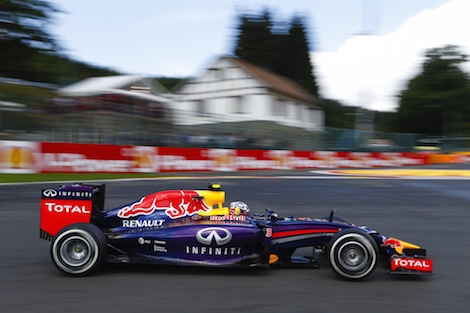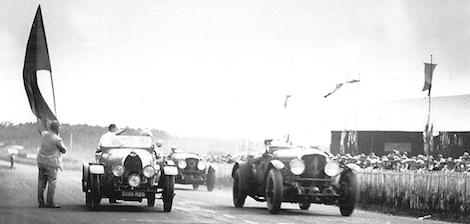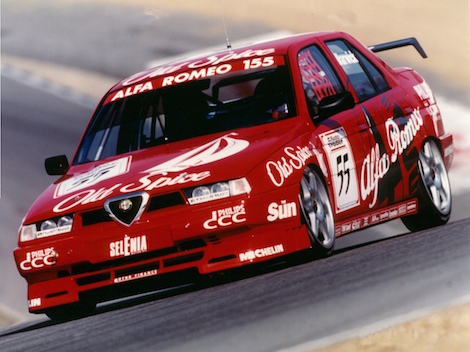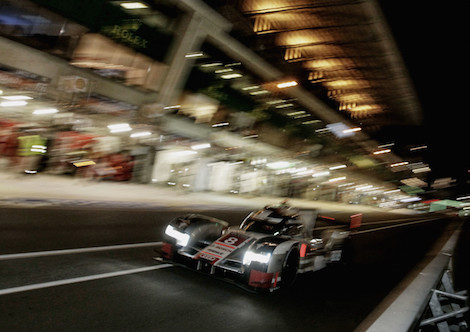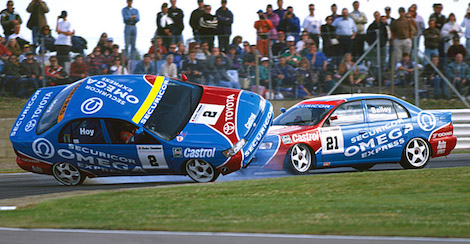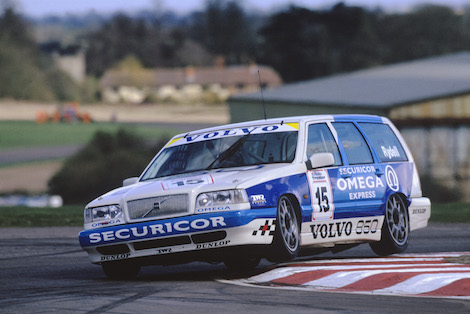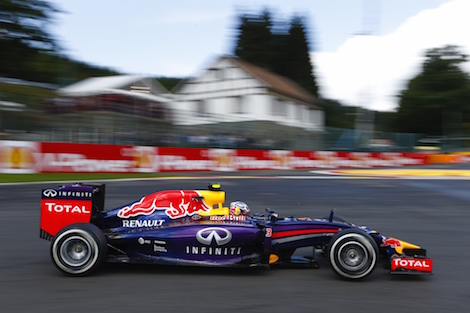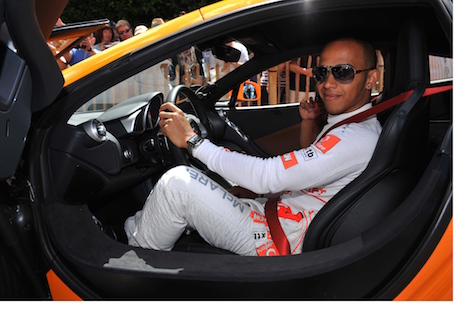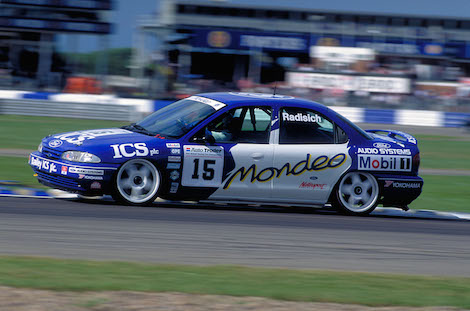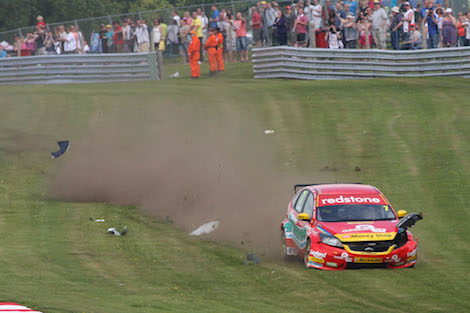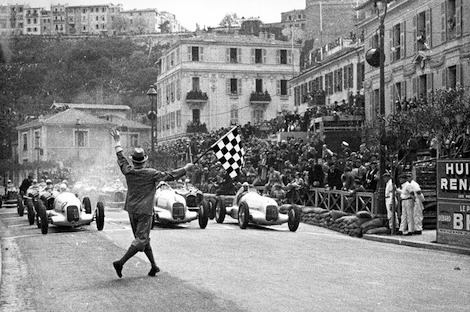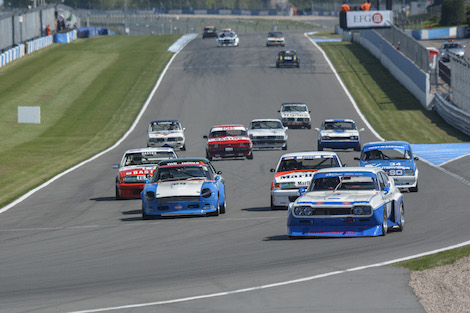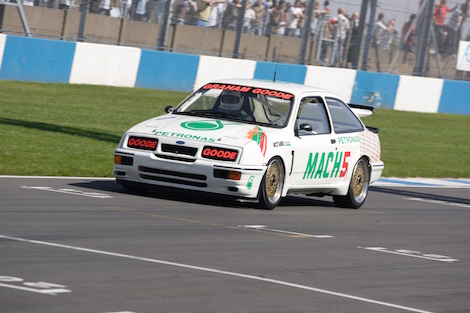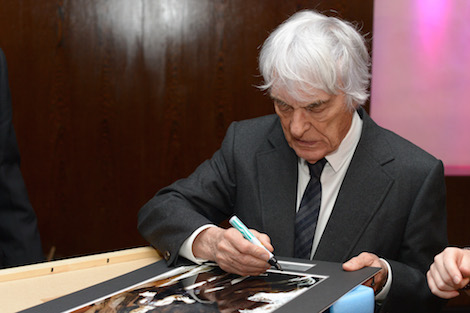We all, as motor racing fans, have watched in fascinated and bewildered horror as Formula One has recently imploded.
Small teams dropping by the wayside, confusing and really rather pointless rule-making and rule-changing, the pig-headed arrogance of the grandee teams blocking the sorts of changes that might enliven and rejuvenate the sport.
The dearth of sponsors, the increasing crop of pay-for-their-seat drivers and the engines that are now so quiet and so bland that spectators at trackside can have polite conversations as the field squelches past. Lording over all of this is Bernie Ecclestone, the Flying Dutchman of motor racing - just when you think he's long finished and gone, up he pops from the briny depths, creaking and bellowing about three-car teams and double-points. Oh dear.
Recently, m'colleague Paul Healy drew comparisons between the dreary state of F1 and the relatively upbeat state of Le Mans and endurance racing. I won't rehash Paul's words here, you can go and read them here yourselves, but the gist of it was that F1 can learn much from the rule-making and multiple classes of Le Mans.
I though, would go a step further. I would suggest that world motor racing has cornered itself (fnar, puns) into such an invidious position that the only thing to do is to go right back to basics and start from scratch. Disband the FIA, cancel F1, hoover up rallying's gravel stages and let's get back to basics.
We could, I suppose, go right the way back and start having races between cities, Edwardian Style. Let's see how Lewis Hamilton copes with a car with little bodywork, a 3,000rpm rev limit and a riding mechanic, eh? Hmmm, perhaps not. A little too far back.
Go back to the glory days of the twenties and thirties, when men were men, racers wore linen helmets and the Bentley Boys and the Silver Arrows vied for motorsports spoils with sporting honour and fascist bank accounts? Hmmm. There's more than a little appeal there. I could see Nico Rosberg with a monocle and we could give Jenson Button a pipe and a handlebar moustache. Could be fun.
No, I think we need to crank the clock a little further forward. To 1993 to be precise, and the front room of a small house in West Cork. The telly (a big, Formica-framed tube back in those days - ask your dad) had only recently been connected to an aerial that could provide more than two channels and a callow youth (yes, me) was sitting down to enjoy one of the first motorsports broadcasts he could watch that didn't involve the Circuit Of Ireland. It was a Saturday and BBC Grandstand had a surprise for me. Through the relative fog of a non-HD, non-digital signal (it looked fine to me at the time) I saw the footage from an in-car camera, looking past the shoulder of a driver wrestling some kind of hard-top racing car around a track. So far, so expected but then, almost literally out of nowhere, two other cars shot past, one on either side, collided in front and slid off to the side of the track. I still remember the mental reeling, the sudden cold sweat of excitement, the yelling into the other room of "Dad! You've got to come and see this!!!" I had found early nineties BTCC.
The British Touring Car Championship had evolved out of the rather clubby British Saloon Car Championship, which had, back in the sixties and seventies, used a complex handicapping system to give Hillman Imps and Mini Coopers a chance of outright wins against monster Ford Galaxies and Chevrolet Camaros. In the eighties all that had changed, and the series, now with the Touring appellation, had become dominated by the monstrous likes of Ford's Sierra Cosworth R500s. They were exciting enough, but Darwin-like, this was just an evolutionary prelude to the brilliance that was to come.
When showman and canny businessman Alan Gow took over the running of the BTCC, he did away with the monster turbo cars and brought in the Super Touring regulations, which meant that cars had to be based on road-going models and their 2.0-litre engines had to be stock-block. It brought in a flood of manufacturers - Toyota, Peugeot, Vauxhall and BMW at first, and eventually Ford, Honda, Renault, Audi, Alfa Romeo, Volvo and more. Grids swelled and the tight rule book meant no-one could pull out an overwhelming advantage. Drivers of the likes of Will Hoy, Steve Soper, Tim Harvey and Alain Menu soon became household names, as well-known as the F1 jockeys, thanks in part to the excellent BBC TV coverage, but thanks in greater part to the way they drove.
To call '90s BTCC racing muscular would be to do a disservice to whey protein. This was motor racing as a full-on contact sport. The NASCAR concept of 'bump drafting' (where one gives one's opponent a theoretically gentle tap on the rear bumper to focus their attention) was taken by the BTCC and turned into serial panel damage. Wing mirrors, door handles, bumpers, wheels, entire chassis rails - all were fair game for bumping, grinding and just plain old ripping off. To be honest it's a miracle that no-one was killed in those days, but to a teenage car nut, this was WWE Wrestling with four wheels, engine noise and no pre-scripting. When these guys hit each other, they really, really meant it.
It was fabulous. It was also a visual treat even when they weren't biffing each other senseless. The sight of Derek Warwick hopping a blood-red Alfa 155 over the kerbs at Donington.
The sheer incongruity of Rickard Rydell's bulky-but-fast Volvo 850 estate (yes, estate). The mind-warping speed that John Cleland could get out of a Vauxhall Cavalier that had once been an airport rental car (yes, seriously, that's where the body shell of his 1995 title-winning car was sourced). There was nothing else like it, and since the late nineties collapse and descent into hatchback hell (both for the BTCC and the global WTCC), there's been nothing like it since.
So let's bring it back. If we have a despotic decree that this can be the only legal branch of motorsport in Europe (let's let the Yanks keep NASCAR or they may get grumpy) then budgets won't matter much and anyway, the rules should be kept tightly screwed down to keep costs sensible. Insist on stock-block engines and second hand cars as the starting point for chassis. Encourage team-mate rivalry (can you imagine Fernando Alonso and Lewis Hamilton duking it out in a pair of C-Classes, or Mark Webber and Sebastian Vettel reunited in a couple of Lagunas?) and give extra points for winning with massive panel damage. In other words, make racing fast, furious, fun and just a little bit unhinged.
If Bernie's looking for me, I'll be at my usual address...

